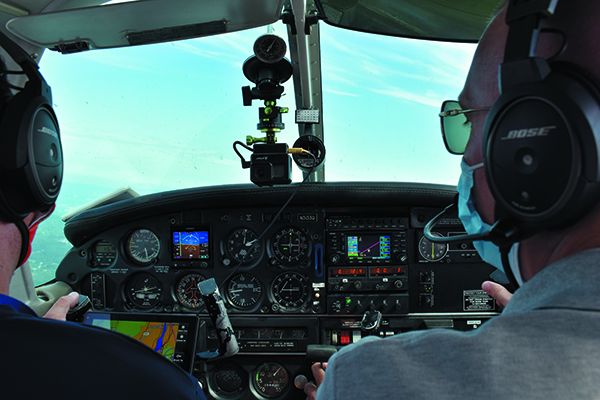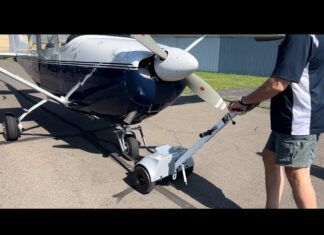Given the deep teardown that’s often associated with avionics retrofits, the first few flights after a project can bring sizable risks. In a previous life as an avionics tech, I’ve experienced more dicey shakedown flights than I care to remember. This included an engine failure with an off-field landing, numerous electrical failures, smoke in the cabin and plenty of equipment failures the result of infant mortality. Whether your shop hands you the aircraft to test-fly the new systems by yourself or with them riding shotgun, approach the task with a healthy level of caution and start with a focused preflight inspection. Remember, avionics installs often include a lot of airframe teardown and in many cases, some engine and fuel system work, depending on the system interfacing.
The first thing to remember is that the project isn’t complete until it’s been fully flight tested to verify that everything works. Many STC installation manuals outline the items to check both on the ground and in flight. I’ve seen far too many owners schedule passenger-carrying trips on the first flight. Bad idea. I’ve also seen owners launch into low IMC on the first flight. Worse idea. It’s not a bad idea to limit the aircraft to VFR for the first few hours while you make close observations of the equipment and interface, while also getting comfortable with the new feature set and layout. I’ll never forget the hair-raising story from a turboprop owner who made the mistake of launching into low IMC with a new EFIS/autopilot interface. He was seconds away from losing control of the aircraft because the autopilot was doing something he didn’t expect it to do (it turned to the opposite heading than what was bugged) while he was busy doing other things. If you don’t know the new system cold—and that includes potential failure modes—take the time to get some training. We covered avionics training in the June 2021 issue of Aviation Consumer and found there are plenty of good options.
On the preflight inspection, look carefully for missing and loose fasteners on inspection plates, cowlings and interior components. I remember the cabin headliner falling onto our heads during the initial climbout in a small twin and it was a huge and unexpected distraction. Is there enough fuel in the aircraft? Just because you dropped it off with half tanks doesn’t mean it still has the same amount. If there was a new engine monitoring system installed, it’s likely that the shop had to offload the fuel as part of the fuel quantity interface. Take a good fuel sample and look carefully for sediment and water, and visually verify the amount in the tanks with what the display is showing. Speaking of fuel, if there’s any hint of fuel odor in the cabin it’s grounds for returning immediately to the airport or taxiing back to the ramp. On one particular flyoff in a Beech Baron I got a strong whiff of fuel while on a GPS approach and soon spotted it dripping from under the panel. Turns out a tech forgot to tighten the fittings on the fuel flow gauge and raw fuel was dripping from the casing—and over wiring bundles. If you get into the aircraft and smell fuel, say something.
Perhaps the biggest potential for disaster are newly installed or repaired autopilot systems. There are good reasons why retrofit systems have flight manual supplements, and they outline regular, emergency and preflight procedures. Most if not all of these supplements prescribe doing a preflight check either on the first flight of the day or even before every flight. For starters, you are looking for proper autopilot disconnection—via the disconnect switch and the system circuit breakers. And when the system is engaged, can you overpower the servos? You should be able to slip the clutch on the servos and have full control of the flight controls. Does the pitch trim run in the proper direction—both with the command switch and when the autopilot’s altitude hold is engaged? It’s easy to miswire, and trim that runs backward can be a killer—as is runaway trim. I’ll never forget the takeoff roll in a big Cessna twin where the autopilot ran the automatic pitch trim to the full nose-down position. Both I and the pilot flying missed it (actually, it was running during the takeoff roll), and you can image the control force required to rotate a Cessna 421 with full downward trim. It was a close call that like most failures could have been avoided by a more thorough preflight inspection.
—Larry Anglisano


